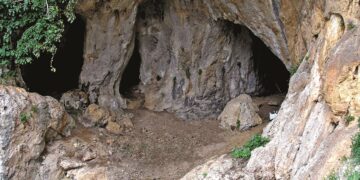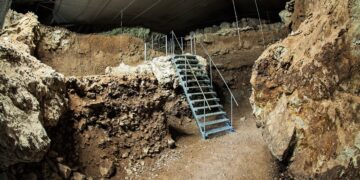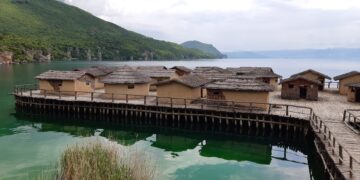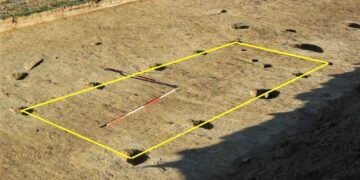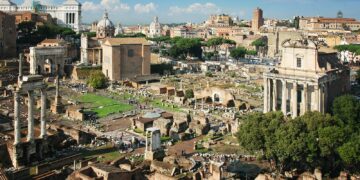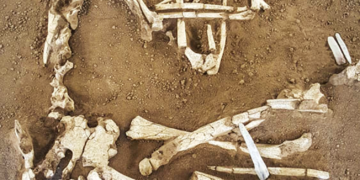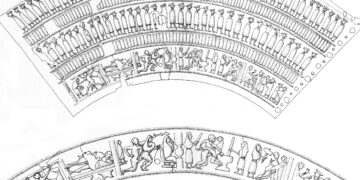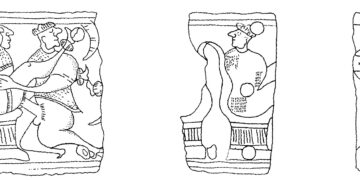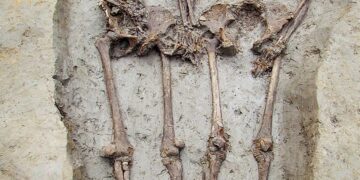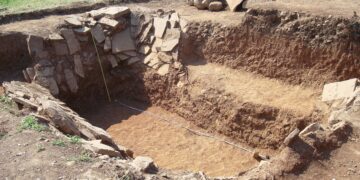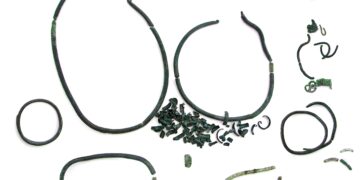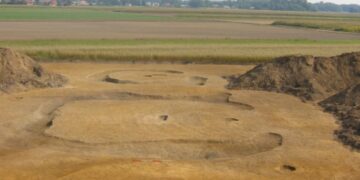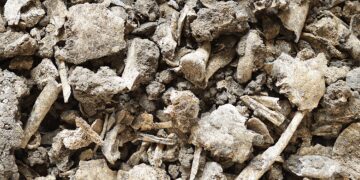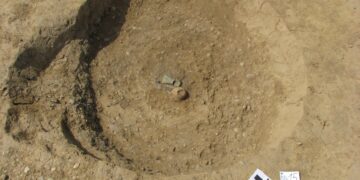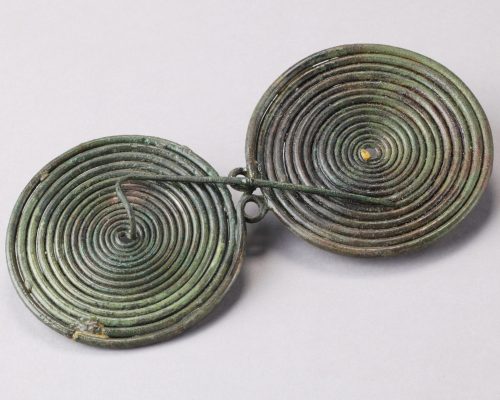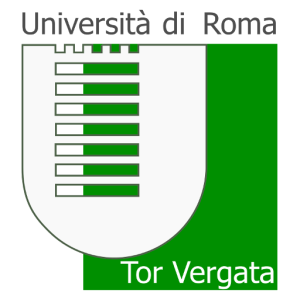At the beginning of the 20th century, it was considered that the modern small town of Ormož in eastern Slovenia is located within the medieval city walls. However, the archaeological excavations demonstrated that the medieval town was located within the prehistoric fortifications erected at the end of the Late Bronze Age. The prehistoric settlement was abandoned several centuries later and inhabited again at the end of the Late Iron Age when the area was inhabited by the Celts and incorporated into the kingdom of Noricum.
The area of the hillfort, measuring some 400 to 400 meters, is located on the elevated left bank of river Drava and was on the northern side protected with massive ramparts – an up to 6 meters deep ditch that was topped by an up to 5 meters high earth bank. Although buildings inside had the same orientation and roughly the same size and even had the streets between them sanded with river gravel, they did not exhibit any major differences in size. Several graves outside the settlement demonstrated the presence of social elites involved in long-distance trade with exotic materials – the earliest finds of iron, glass and gold were discovered in a wealthy female burial.

